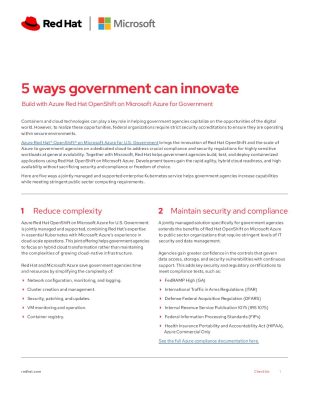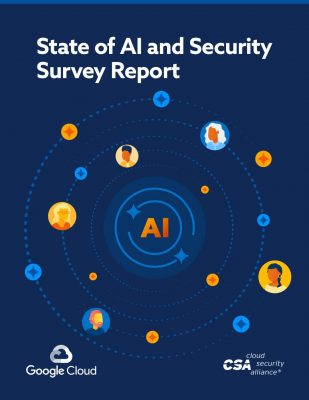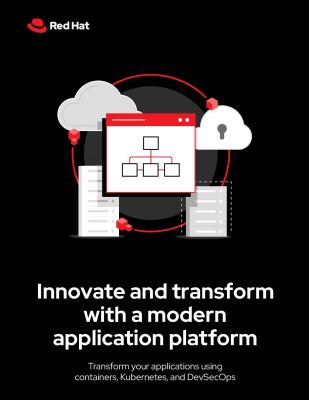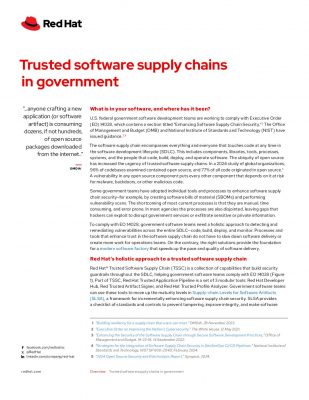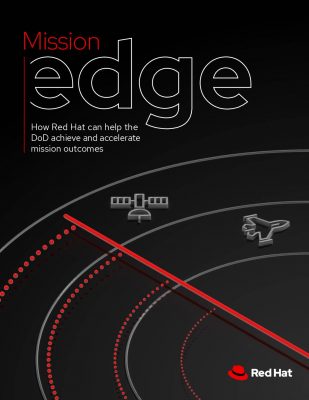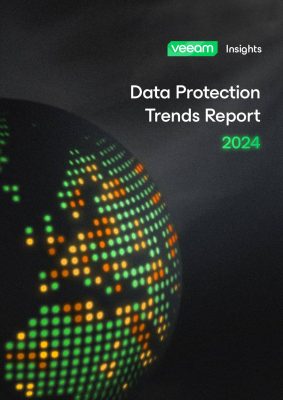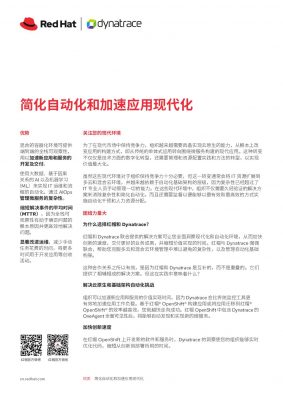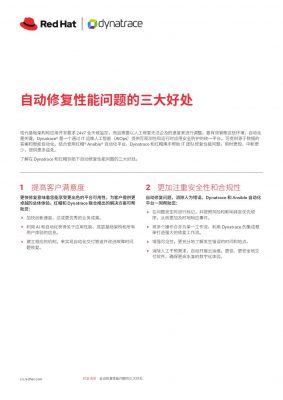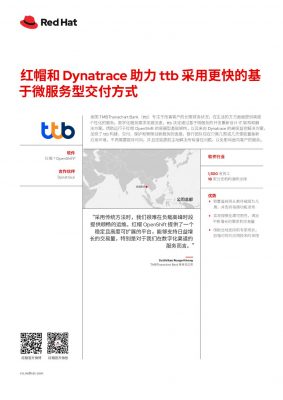One of the most significant expenses that many companies have to bear in the digital age is their cloud costs, which is mostly a variable expense. Organizations can improve their cloud expenses drastically with the help of effective monitoring and cost optimization. For many companies, cloud costs represent a significant portion of their operating costs, which has led to the discovery of a new field called Financial Operations (FinOps). FinOps brings together a set of engineers, developers, and financial professionals to improve cost efficiency.
It’s a challenge and often a major pain point for businesses to optimize the cloud. Hence, there are several services and solutions available in the cloud market that use Artificial Intelligence (AI) to deliver cloud cost reduction. As organizations move to the cloud in huge numbers for virtually every aspect of IT, they must know how to reap the benefits of AI that can help reduce cloud costs significantly. AI can help make automation faster, boost productivity and improve operational efficiency without additional costs.
The process of reducing cloud costs with the help of AI can happen in two ways – One by automatically discovering cost spikes and glitches in cloud computing, and another by forecasting future cloud costs to work on organizational planning.
What led to cloud cost spikes?
Often, cloud costs spike when someone makes a mistake or uses a cloud resource at a higher rate than required. Organizations need to discover wasteful cloud spending quickly or risk fluctuations in their cloud costs. Consider cloud as a utility, and it behaves like that. Many components of IT can expend cloud computing resources and run up prices in a hurry. These cloud cost spikes can also include servers, network traffic, database queries, and cloud services.
Oops, there are glitches as well. Let me explain in detail.
With organizations becoming heavily dependent on cloud computing – the pandemic-introduced work-from-home model has multiplied this dependency – the potential of glitches, too, has seen a rise. According to Gartner, companies that are unaware of the mistakes made in their cloud adoption will overspend by 20 to 50%.
One example of such a glitch is Anadot. A test, which was supposed to spin only a few machines, spun 100 machines. This added up to the cloud costs considerably. It led to an additional cloud cost of over USD 10,000 for this one incident. This is a clear case of a glitch where unnecessary cost was added while running a test or deploying a system. No matter how many people monitor cloud services, this is something way too common in organizations in today’s times.
However, AI solutions can help organizations avoid extra costs. For instance, if a company conducts frequent and unnecessary queries to cloud data services, they might not notice the problem for weeks or months. AI algorithms work quickly and independently, find anomalies, and remediate the problems in just a few hours.
Regarding accuracy, AI-based solutions are competitive enough to monitor several services and that, too, in greater detail. They learn the behavioral patterns that help them distinguish what’s the normal usage for a given time of day or week and what’s an anomaly.
Predictive analysis will save cost
AI can also help predict future costs of different cloud services. AI solutions can also help manage overall spending on cloud services efficiently and more proactively. They can also predict the factors driving costs and, at the same time, suggest solutions. This way, AI helps achieve greater optimization, which results in cost reduction.
AI-based solutions will also forecast the overall spending for cloud services. They take a step ahead to detect when an issue will occur and resolve it before it occurs. AI algorithms learn from historical data and fluctuations in current usage to identify when downtime will happen and determine when a server or system will get down in the future.
All these actions can translate to cloud cost reductions in the long run as downtime can become expensive. AI technologies can also be used to predict cloud spending. Grumatic’s CostClipper is a cloud cost optimization tool that monitors and predicts spending on the cloud. It uses AI to analyze data and provides alerts when anomalies appear.
You can also name it cloud cost forecasting, wherein you calculate the cloud bill initially before the surprise hits you. Here again, cloud costs increase due to anomalies – for instance, sometimes a developer may accidentally forget to stop running a service which will unexpectedly increase the cost. By forecasting the usage previously, it becomes easy to eliminate the charges.
Resource management for cloud cost savings
Introducing AI technology into the mix of cloud cost optimization can also help identify unused resources, automatically scale resources and do more.
Machine Learning (ML) is a technology that helps collect data from various sources, such as built-in cloud monitoring services, train algorithms, and then fine-tune a machine for optimal efficiency.
An AI-enabled machine can learn when the system needs more resources and then scale to handle increased demands and minimize cloud usage. It can also predict when resources are no longer needed and reduce usage to minimize cloud costs.
One example is of managing the high cost of implementing High Availability (HA) in the cloud. This is because high availability continuously uses the same resources to achieve the same level of performance.
Although many cloud providers allow their customers to dynamically provision resources, these capabilities are not designed to handle complex operations or with cost savings in mind. This results in putting in place manual processes, hence the need for AI capabilities to reduce cloud costs.
Some of the ways to reduce cloud costs have been discussed but this is the function or duty which only an expert should perform.
Many would argue that cloud cost analysis must be a part of their overall cloud strategy. And, thus, cloud cost management is generally handed to architects or senior cloud engineers in many organizations. While moving to the cloud, there are many opportunities for careers to help organizations improve the management of cloud-based services and products.
One example is FinOps, a term used for cloud financial management. According to the FinOps Foundation, FinOps is also “the practice of bringing financial accountability to the variable spend model of the cloud, enabling distributed teams to make business trade-offs between speed, cost, and quality.”
FinOps is not a set of full-fledged team operations but a set of business practices that help various stakeholders get the most out of their cloud investments. Lastly, when there is a lack of manpower, cloud cost optimization tools can speed specific tasks like automatically shutting down unused cloud resources.
Conclusion
Businesses must realize the true potential of AI that goes beyond human capabilities to just do the work perfectly.
In the future, AI and ML will continue to disrupt cloud operations and infrastructure management in the most remarkable ways. So, enterprises and professionals, who wish to work on their cloud overspendings, should tap on four things – tagging the cloud resources, doing efficient financial planning, real-time cloud-cost monitoring, and lastly, hiring a cloud engineer or adopting AI-based cloud cost optimization techniques.
To learn more visit our latest whitepapers on Cloud Cost Management here.



